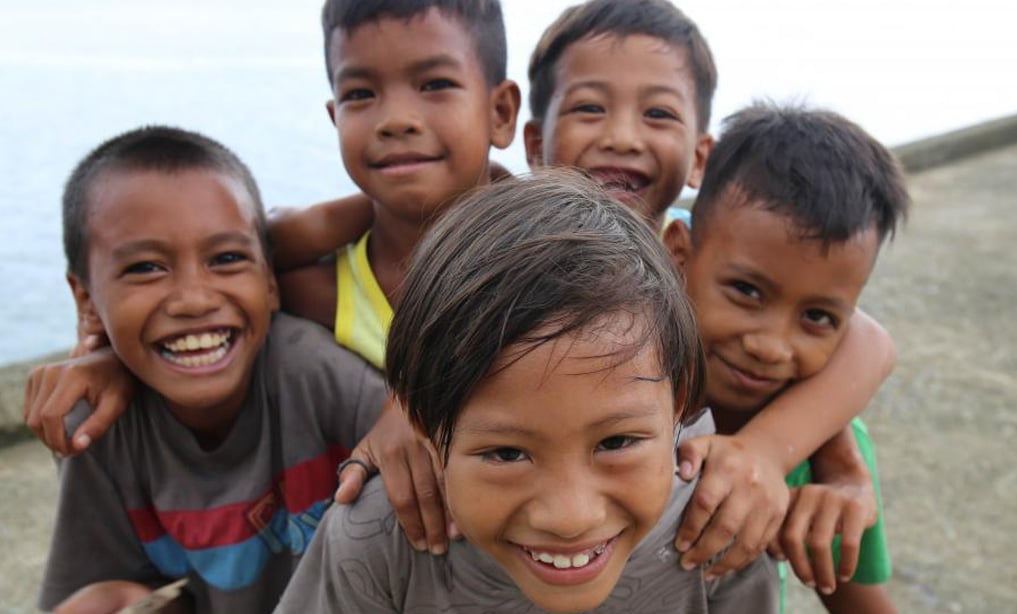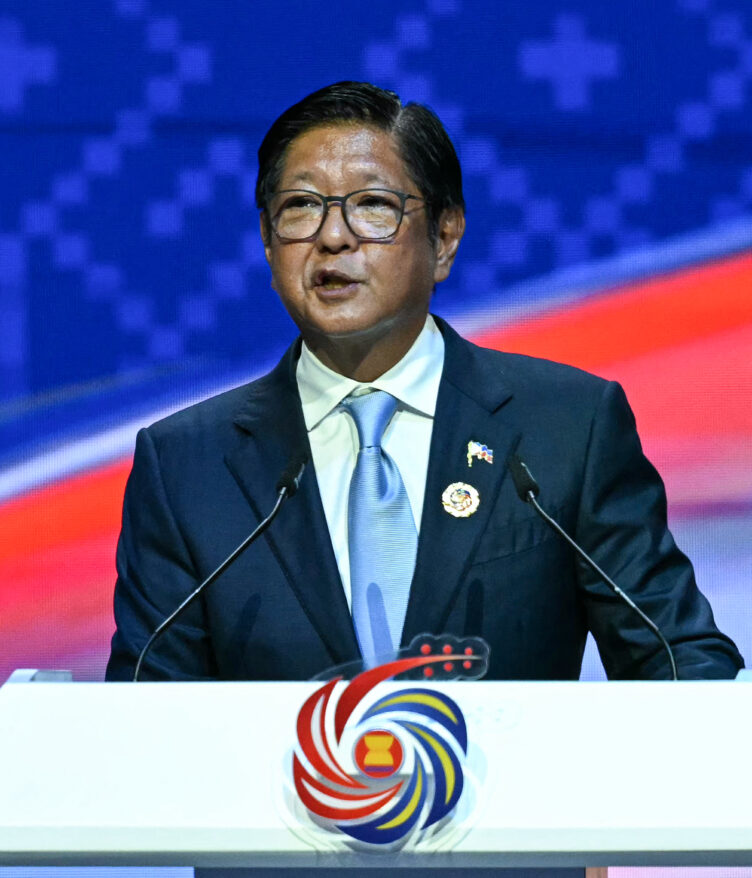SINCE 2012, Gallup International has been asking people around the world: Is your life now the best life imaginable?
Gallup, a Switzerland-based group of polling associations around the world, said for the past 10 years, there is a growing trend of negative emotions in 169 countries.
Five specific negative emotions were tracked among 5 million people — a lot of stress, sadness, physical pain, worry and angry.
“As we were tracking the records, this is what we were concerned. Those negative emotions that we are tracking, if they are experiencing those emotions — it’s been slowly rising for a decade,” John Clifton, chief executive officer of Gallup said.
He said the pandemic may have made life worse — and for some, may be worst.
“But the reality is that the global rise of unhappiness has been coming for a decade,” Clifton said.
What’s causing the global unhappiness?
Five elements of well-being — social, financial, physical, community, and work — are making people unhappy.
Social well-being
Around 300 million adults don’t have a single person — a family or friend — they interact with over a period of time. Around 20 percent of the world’s population have no single family member or friend whom they “can rely when in time of need.”
“In this aspect of loneliness, it is not an exaggeration to say that loneliness kills people,” Clifton said.
Financial well-being
Around 2 billion people are dissatisfied with their income. “Money probably doesn’t buy happiness. But it is hard to be happy without it,” he said.
Guess when was the the worst year for the financial wellbeing? In 2019, before the pandemic.
Physical well-being
It’s hunger. Around 30 percent of the people are “moderately” or “severely” food insecure.
“The trend is that that the number of moderate or severe food insecurity have both been on the rise. Not just because of the pandemic, not just because of the war in Ukraine. All has been rising far before that,” Clifton said.
Community
Based on their survey, 1.9 billion say they would not recommend their community to their loved one to live where they live.
A great community is not just about having a good infrastructure. Its having people around you whom you trust, and rely on to help you.
Clifford said the world should look at Gambia in Africa, which despite their poverty thrives as a community. They top the surveys as among those who volunteered their money or time to an organization and helped strangers.
Work, work, work
Around 42 percent of people are actively disengaged or miserable at their job are depressed over their job. For those unemployed, the percentage of those who felt sad are almost the same.
“A lot of times, people focus on pay and benefits… But humanity right now is so miserable at work. It’s not just a thing of pop culture where people make jokes about it,” he added.
And the misery at work of people is also being brought to their loved ones.
Gallup said people who work full-time spent at least 82,000 hours in their lifetime, which is equivalent to more than eight years are working.
“If you are miserable at work, then you are miserable in the rest of your life,” he said.
PHL tops end of 2022 happiness survey
Before the year 2022 ended, Gallup International Association interviewed 35,664 people in 134 countries around the world. Around 54 percent of the world surveyed said they feel happy or even very happy.
However, the “continuous decline” of happiness for the past years seems evident even this year. Over a tenth said they are unhappy or very unhappy, while a third said they are neither happy nor unhappy.
Among countries surveyed, the Philippines is the happiest country in the world in 2022.
“Happiness is in Filipino’s DNA.”
Gallup International Association
“With the relaxing of the COVID restriction on masks and the dawn of the new government, a big majority of Filipinos feel more at ease and happy,” Gallup said in a statement released to media.
With a net score of 75 percent, the Philippines is in first place followed by Mexico, Malaysia, Afghanistan, and Ecuador.
The Philippine Survey and Research Center (PSRC) conducted the survey among 1,000 participants from October to December 2022. Respondents aged 18 and above from all socio-economic classes were interviewed face-to-face, via online or over the phone.
Meanwhile, the countries that are least optimistic are European countries including Poland, Czech Republic, Serbia, and France. Italy recorded the lowest level of optimism.
Despite a high level of optimism, there is a prevailing uncertainty about the economic future of the Philippines as a majority of Filipinos, or 49 percent, are uneasy and 34 percent are optimistic there would be economic gains in 2023.
With this, the Philippines is in third place in terms of economic optimism. Nigeria is in first place followed by Pakistan. Poland registered with the least economic optimism.
The margin of error for the survey is +3-5 percent, at 95 percent confidence level.
How useful was this post?
Click on a star to rate it!
Average rating 0 / 5. Vote count: 0
No votes so far! Be the first to rate this post.
We are sorry that this post was not useful for you!
Let us improve this post!
Tell us how we can improve this post?







